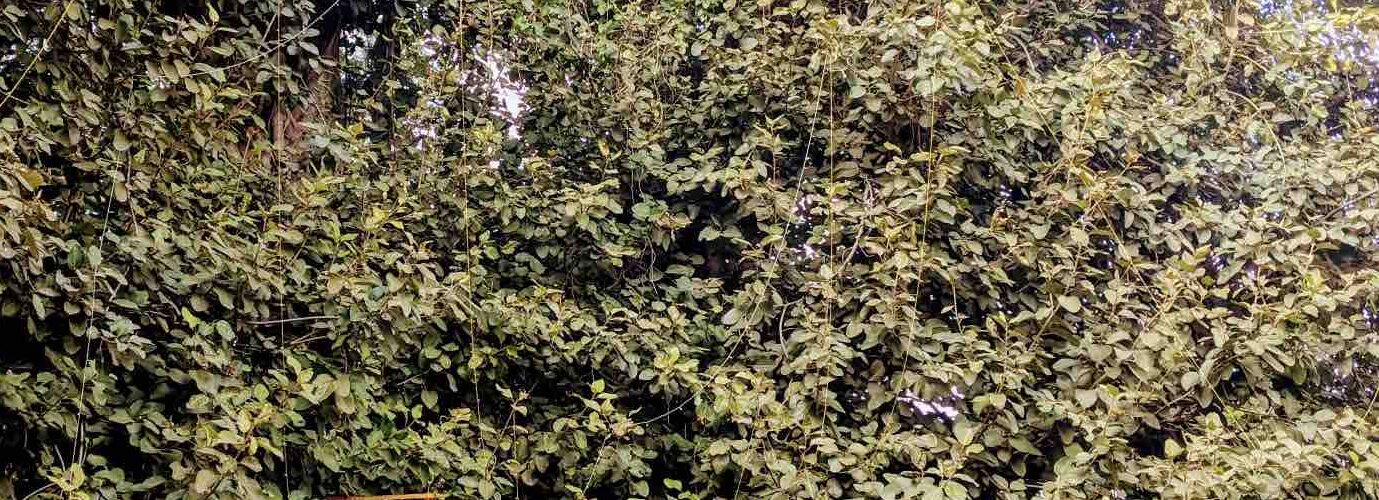The Maha Kumbh festival commenced on January 13, 2025, on the auspicious day of Paush Purnima, with unparalleled grandeur, marking the start of a 45-day-long spiritual and cultural celebration in Prayagraj.
Those visiting the Kumbh Festival can also plan to explore a couple of ancient trees, intertwined with the spiritual, cultural, and ecological values of the people of this land.
The festival began with an overwhelming display of faith, devotion, and spiritual unity, as devotees from across the globe gathered at the Sangam, the sacred confluence of the Ganga, Yamuna, and Saraswati rivers to participate in this monumental event.

The first bathing festival witnessed an overwhelming turnout as devotees, brimming with devotion and fervour, thronged the ghats. Over 15 million devotees took the holy dip on the first day, signalling an auspicious beginning to the Maha Kumbh.
Similarly, on the second day which was the auspicious occasion of Makar Sankranti, 35 million pilgrims from across the world flocked to the sacred banks of the Ganga, braving the piercing cold with unwavering enthusiasm.
This festival of Makar Sankranti marks the Sun’s transition into Capricorn from Sagittarius, heralding the beginning of Uttarayan. Bathing in holy rivers like the Ganga and Yamuna during Makar Sankranti is believed to cleanse sins and bestow spiritual merit.
The day is celebrated across India with different names, but apart from festivities and cultural significance, it also brings out reverence for Mother Nature.
This massive turnout for the first two days underscores the Kumbh spiritual significance and its role as a unifying force, bringing together people from diverse backgrounds to celebrate faith and humanity.
Kumbh Mela is India’s largest spiritual gathering and a global cultural event attracting millions. Designated as an intangible heritage of humanity, the Maha Kumbh represents the essence of Sanatan culture and has sparked worldwide curiosity.
The festivities have transcended national boundaries, drawing devotees, spiritual seekers, pilgrims, and international tourists, including visitors from Japan, South Korea, Spain, Russia, and the United States, captivated by the event’s grandeur.
The anticipated turnout for Maha Kumbh 2025 is expected to surpass the population of several nations, underlining its global significance.
The 45-day Kumbh Mela festival will draw millions of pilgrims to visit the Sangam and take a bath in the holy river, however, there are two ancient trees at Prayagraj very close to the Sangam that travellers and devotees can visit.
Considering that roads are blocked due to the Kumbh Mela and you might not be able to travel by vehicle, the best way is to take a walk (distance of about 2.5 km). There is a pontoon bridge that you can use to visit these ancient trees.
Ancient Trees at Prayagraj
Akshayavat Tree
Akshayvat “the indestructible Banyan tree” is a sacred fig tree mentioned in Hindu scriptures and spiritually connects with the Kumbh. After taking a holy dip in the Sangam, the devotees come to worship a Banyan tree as it is believed to fulfil their wishes.
During the Ramayan, it is where Rama, Lakshman and Sita are believed to have rested during their exile from Ayodhya.
Historians and travellers such as the Buddhist Pilgrim Hieun-Tsang and the archaeologist Alexander Cunningham have mentioned the sacred banyan.
Interestingly, the Uttar Pradesh government sent leaves from the Akshayvat Tree as a ‘cultural gift’ to more than 100 countries along with invitations for the Maha Kumbh. Only fallen leaves in good condition were collected for the gift, as plucking is prohibited.
Apart from the leaves of this centuries-old tree, the cultural gift included a basket made with moonj grass, the sacred water of the river Ganga and diyas made up of cow dung, incense sticks and other traditional items.
The Akshayvat tree is situated inside Akbar’s fort on the banks of the river Yamuna and it remained under military control for decades, making it difficult for the public to visit this revered tree. The site was formally inaugurated in 2019 and made accessible to the general public.
Read more about the Akshayvat Tree of Prayagraj, here.
Baobab Tree
Extremely close to Sangam in the village of Jhunsi, there is an imposing Baobab tree (Adansonia digitata), one of the oldest trees in India. The tree is locally known as Parijaat.
The radiocarbon dating of the tree shows that it is more than 780 years old, which makes the Baobab tree in Jhunsi one of the oldest trees in the country – a witness to many Kumbh and Maha Kumbh festivals.
The tree has a height of more than 45 feet and a dome-shaped trunk is more than 20 meters which was slightly burnt in the last Kumbh mela.
Read more about the Baobab Tree of Jhunsi, here.
Wrapping Up
Alongside culture and spirituality, the Mahakumbh is also a powerful narrative of ecological conservation. Worshipping the Trees can be seen as an expression of environmental reverence.
These ancient trees of Prayagrah add to the spiritual, cultural, and ecological values of the people of this land.
Watch the video on the Change Started YouTube channel.
This year the Maha Kumbh festival will host Green Mahakumbh on 31st January 2025, bringing together more than 1,000 environmental and water conservation workers from India.




Add comment